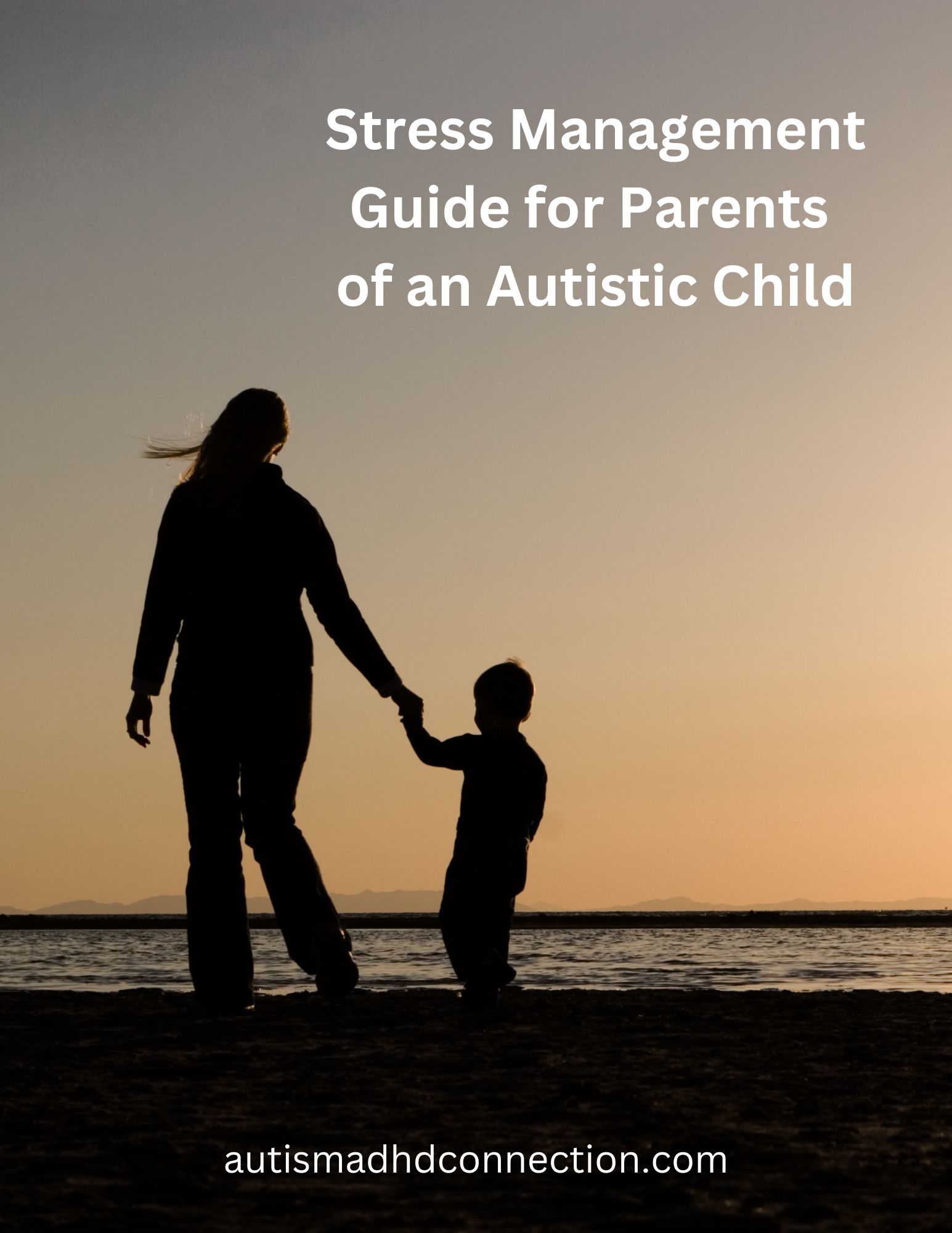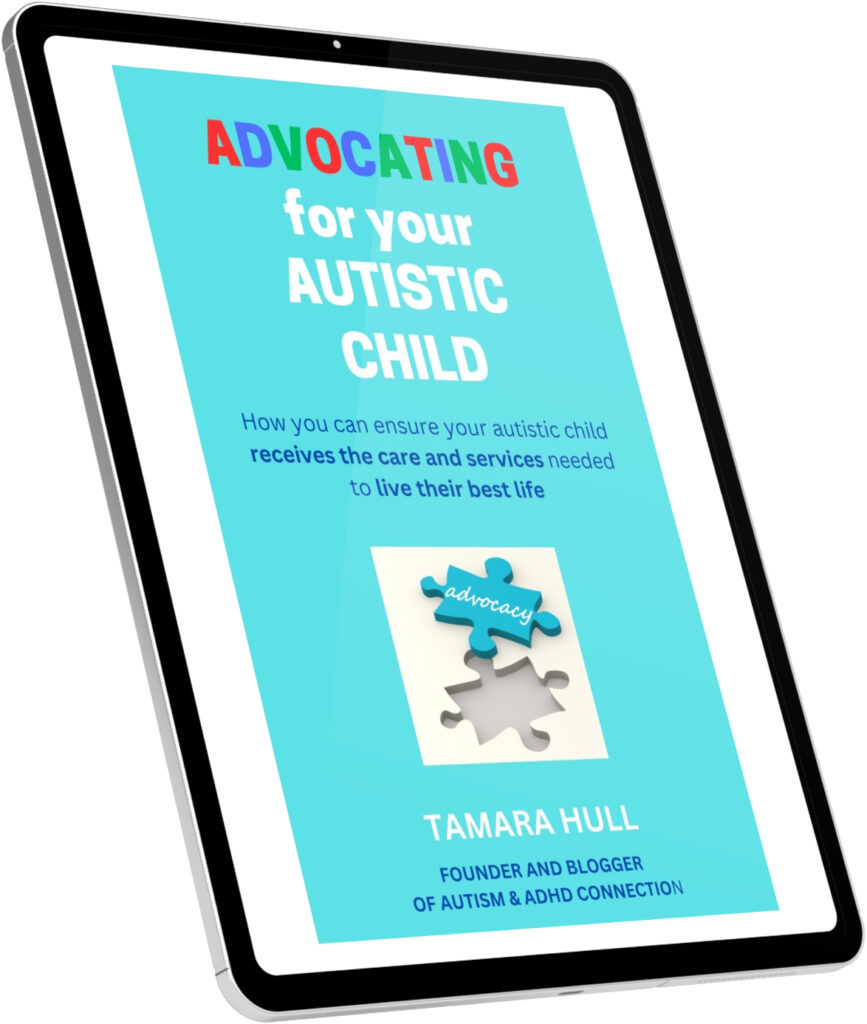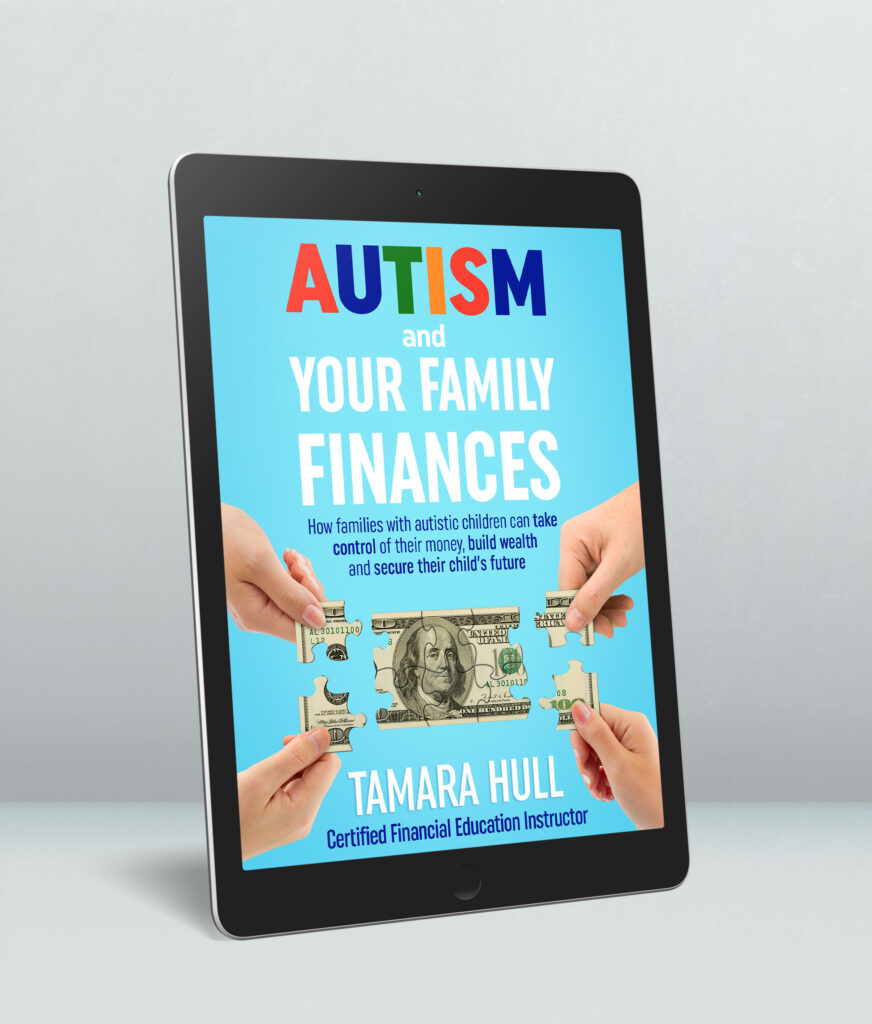Children and teenagers are spending more time online, and social media has become a bigger part of their lives. Chat apps like Discord, WhatsApp and others have become more popular with pre-teens and teens. This has made our children and teens with autism and ADHD more vulnerable to being bullied online – or cyberbullying. Prevention is the key for cyberbullying to keep your child with autism and ADHD from being a victim.
What is cyberbullying?
According to the StopBullying.gov website, bullying is “unwanted, aggressive behavior among school aged children that involves a real or perceived power imbalance. The behavior is repeated, or has the potential to be repeated, over time. Both kids who are bullied and who bully others may have serious, lasting problems.
In order to be considered bullying, the behavior must be aggressive and include:
An Imbalance of Power: Kids who bully use their power—such as physical strength, access to embarrassing information, or popularity—to control or harm others. Power imbalances can change over time and in different situations, even if they involve the same people.
Repetition: Bullying behaviors happen more than once or have the potential to happen more than once.
Cyberbullying is bullying that occurs online through social media channels or via a phone through texting, chat or email. Many times, it is still school related because most of the time it is another student that is bullying.

Why are children and teens with autism/ADHD susceptible to cyberbullying?
What makes our children with autism and ADHD more susceptible to bullying? Here are a few reasons:
- They are not as able to communicate their thoughts and feelings about what is happening. This is especially true for online communication.
- Children on the spectrum are less likely to fully understand facial expressions, tone of voice and even body language of others.
- They are different and stand out more because of their behaviors such as stimming.
- Unfortunately, some peers and even adults may label children with autism as “inadequate,” either blatantly or indirectly.
- Children with autism are not included socially in some settings.
- Many children with autism have low self-esteem and suffer from depression.
Our son J was bullied in an after-school program when he was in late elementary school. So far, we have not yet had an incident of cyberbullying. I am vigilant and watch for signs of bullying. He has a lot of interaction with others on Discord and through Xbox multiplayer games, so I know he is at risk.
How can I prevent my child with autism from being a victim of cyberbullying?
Prevention is the key to helping your child or teen with autism and ADHD from becoming a victim of cyberbullying. Here are some ways that will help you.
1. Observe your child’s moods and behaviors carefully
Children and teens who are victims of bullying or cyberbullying often show it in their mood and behavior. Some signs to look for in your child that they may be a victim of bullying or cyberbullying include:
- Has unexplained scratches, bruises or cuts
- Doesn’t want to go to school (may seem afraid of school)
- Is very hungry after school
- Begins having nightmares
- Cries more often
- Experiences falling grades at school
- Afraid of getting on the bus to school (or walking to school)
- Has clothing and belongings missing after school
- Acts more aggressively or angry
- Withdraws
- Stammers in speech
- Stims more often
- Experiences more mood swings
- Has more headaches and stomach aches
- Feels anxious
- Shows problems sleeping and eating
- Begins to bully others (e.g., siblings, friends, children at school, etc.)
If you see any of these signs, talk to your child to understand what is going on and if they may be bullied online or offline.

2. Set up parental controls on devices
Take the time to set up your child’s or teen’s devices and parenteral controls. You also will need to monitor what your child is doing on their phone, tablet and/or computer by doing quick checks of their history. In addition, if you allow them to have any social media accounts, make it a requirement that they “friend” you if you are on that same social media platform. If you don’t have an account, check their profiles during your periodic checks of their devices. Also, your teen’s profiles on their social media accounts should only be seen by people your teen knows and trusts.
Monitoring their devices and social media use may seem a bit invasive, but I remind my teens that their devices are technically ours since we pay for them and their Internet and mobile plans. They understand we are looking out for their protection online.
3. Listen to your child talk about what’s happening in their offline and online life
Sometimes, teens don’t want to share much about their lives. However, when they talk about what is going on, stop whatever you are doing and really listen to them. Listen for any red flags or situations that may alert you that bullying may occur. You want to prevent cyberbullying before it starts for your child or teen with autism and ADHD.
4. Ask questions
If your child or teen doesn’t share much on their own, ask questions to get them talking or ask them when they do talk. We should be doing this anyway, but it’s really important to do so if we think our children may be bullied.
5. Role play scenarios to ensure your child knows what cyberbullying looks like and what actions to take
Unfortunately, sometimes children or teens with autism/ADHD may not understand what cyberbullying looks like. They may misunderstand social cues, especially in emails or social media posts where they do not hear the tone of voice or see facial expressions. Role playing what cyberbullying looks like can help your child or teen better identify it.
6. Create a support network for your child
It is important that your child have a support network of adults they trust. They can include your child’s teachers, therapists, family friends, family members and neighbors. Encourage them to talk to someone in their network if they are concerned about something but may not feel comfortable bringing it up to you as their parent.
7. Know the signs of cyberbullying so you can act quickly
Know the signs of bullying and cyberbullying listed above so that you can act quickly if you think your child or teen may be a victim of bullying.

What should you do if your child is a victim of cyberbullying?
Even if you’ve taken steps to prevent cyberbullying, it can still happen to your child or teen. Cyberbullying can have serious consequences, which have included children committing or attempting suicide. Act immediately if you think your child is being bullied.
What should you do if you believe they are being bullied online?
- Gather evidence by taking screenshots of the bullying text messages, social media posts or other online behavior.
- Contact your child’s school if your child is being bullied online by a classmate. Set up a meeting immediately. Do not wait to see if the situation will resolve itself. You need to take urgent action. You should gather as much information as you can from your child to share with the school principal, teacher(s), school counselor and special services team. The school administration will need to investigate the situation and provide action steps to stop the bullying from happening.
- Reach out to the content provider since cyberbullying goes against almost all Internet, phone, gaming and social media providers’ terms of use agreements. Check out this link from the Cyberbullying Research Center, which keeps this list up to date.
- Block the offender through your child’s social media accounts or phone.
- Call your local police if the bully is threatening physical harm.
Online resources and books about cyberbullying
What should you do if you need more help? There are several organizations that can provide additional resources for you. Three of them include:
- Pacer’s National Bullying Prevention Center – This organization offers a variety of information, resources and advice to help parents and schools prevent or deal with bullying when it occurs.
- Stopbullying.gov – This is a website from the U.S. government with many resources, information and advice for parents and schools. It also has extensive information about how to handle cyberbullying.
- Cyberbullying Research Center – This is an organization with a comprehensive website with everything you need to know about preventing and dealing with cyberbullying. They travel to schools to provide presentations and work with many social media companies, gaming companies, nonprofits and federal government agencies to provide information to parents, schools, students and even employers and their employees.
In addition, some helpful books on this subject provide more information. A couple to check out include:
Online Safety for Children and Teens on the Autism Spectrum: A Parent’s and Carer’s Guide (affiliate link)
The Bullying Workbook for Teens: Activities to Help You Deal with Social Aggression and Cyberbullying (affiliate link)
Has your child or teen dealt with cyberbullying? What are your tips for cyberbullying prevention for our children and teens with autism and ADHD? Share a comment below so that we can support one another on this journey!









